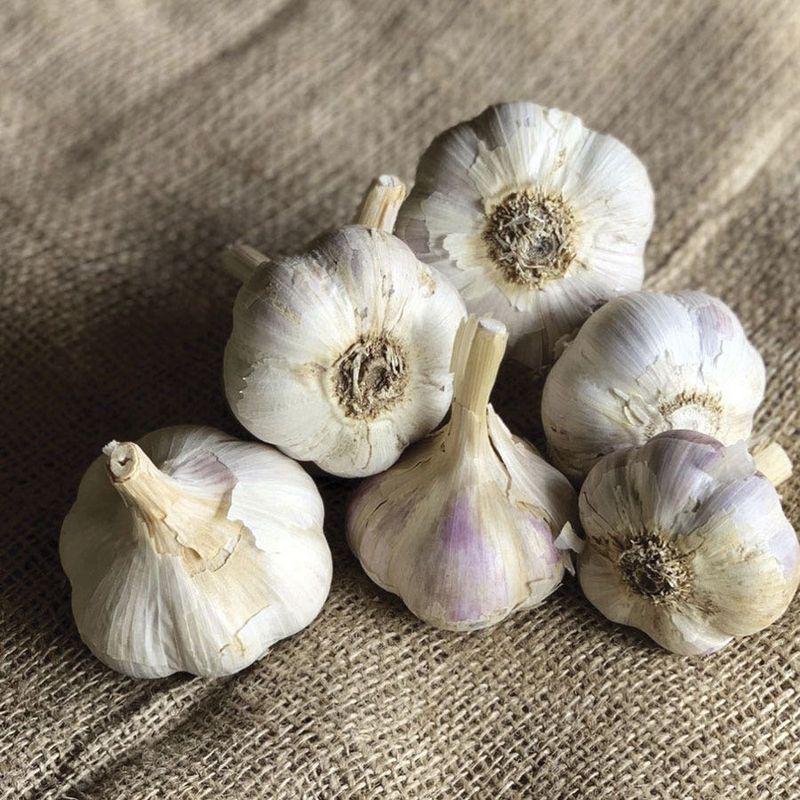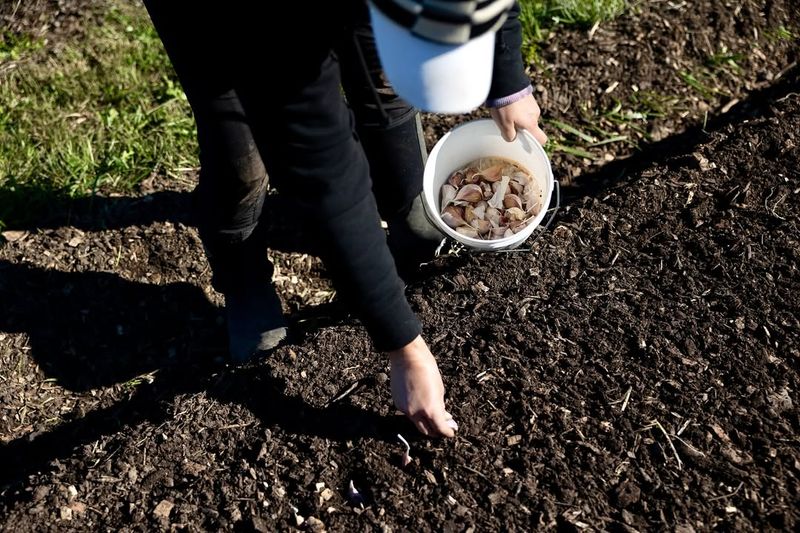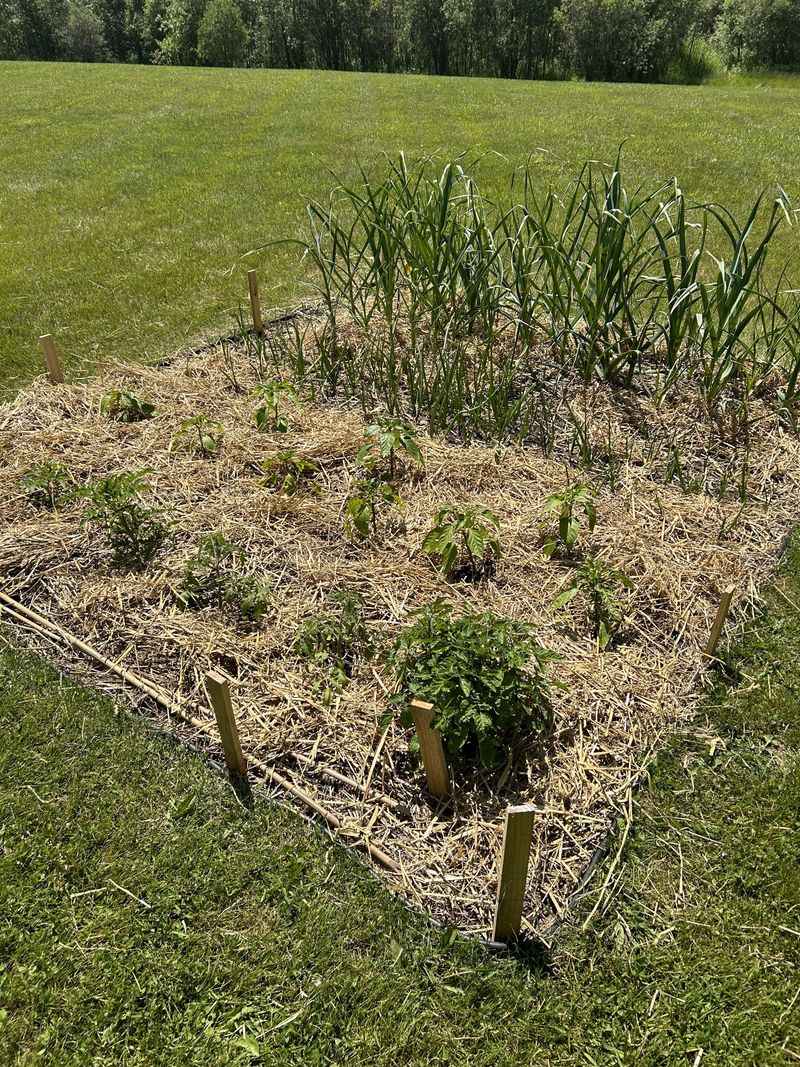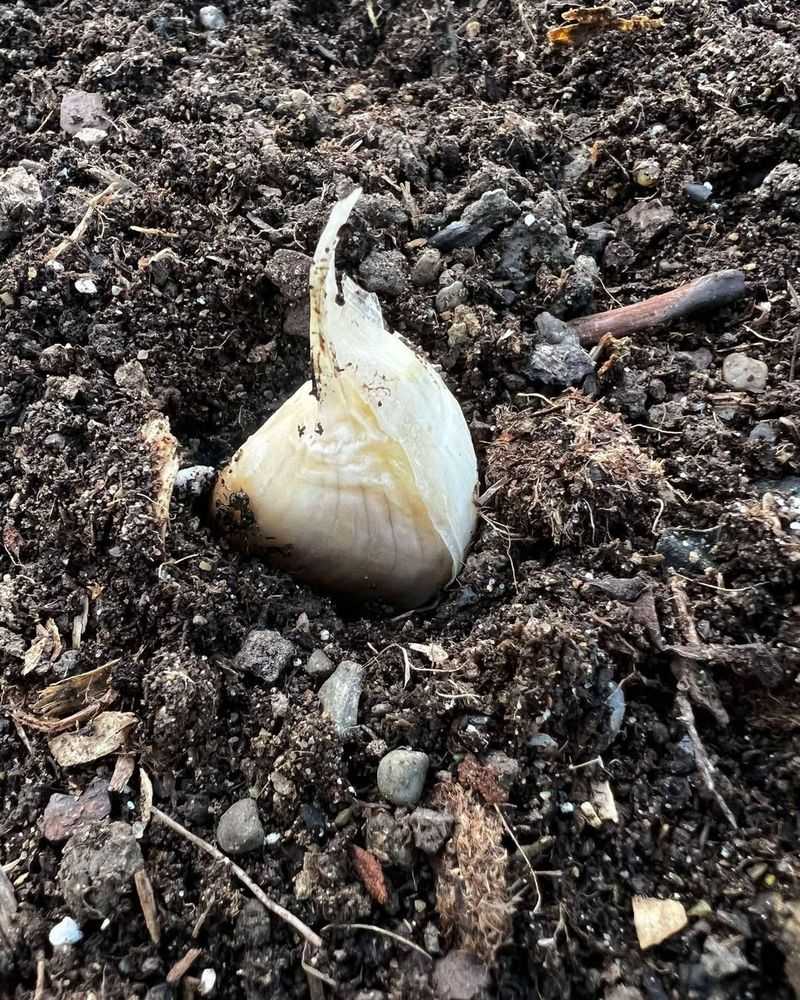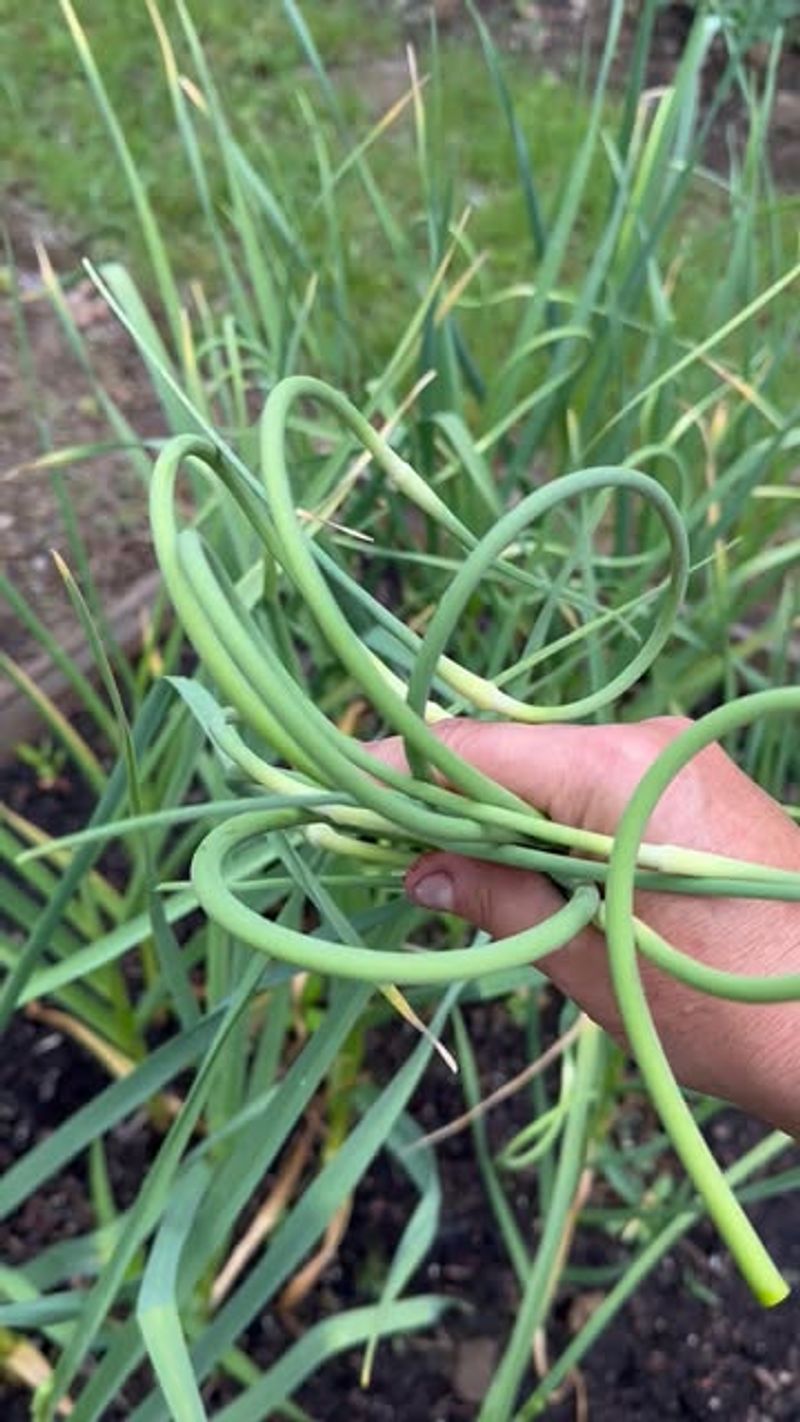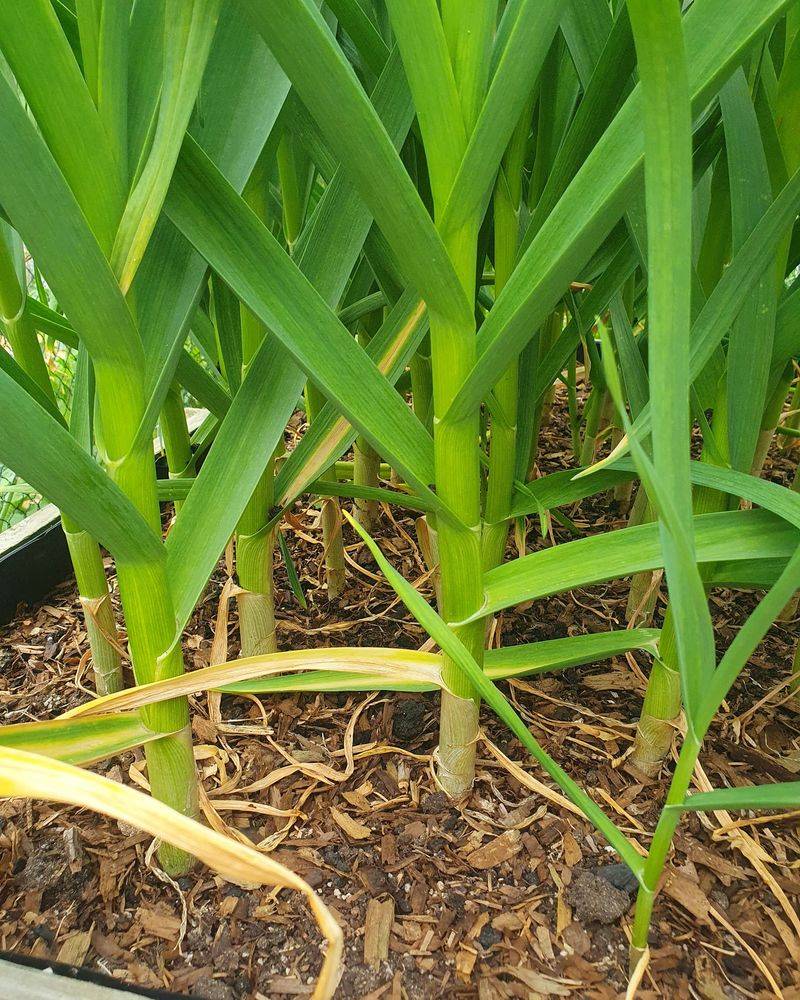Growing garlic in Oregon is a bit like planting buried treasure—small cloves go in, full-bodied bulbs come out.
Cool winters, mild springs, and patient hands turn humble kitchen scraps into a harvest worth bragging about. Follow the rhythm of the seasons, and your garden will pay you back in flavor.
1. Choose The Right Garlic Variety For Oregon’s Climate
Picking the perfect garlic variety makes all the difference in Oregon. Hardneck types like Music or German Extra Hardy love cold winters and produce big, bold flavors that really shine in cooking.
Softneck varieties such as Inchelium Red work well too, especially in milder coastal areas. They store longer and braid beautifully.
Visit local nurseries or farmer’s markets to find cloves adapted to your specific region for the best results.
2. Select And Prepare Your Planting Site Carefully
Garlic loves sunshine, so find a spot that gets at least six hours of direct light daily. Well-drained soil is essential because waterlogged roots lead to rot and disappointment.
Mix in compost or aged manure a few weeks before planting to boost nutrients. Your soil should be loose and crumbly, not compacted or clay-heavy.
Raised beds work wonderfully in Oregon since they improve drainage during our rainy season.
3. Plant Cloves At The Perfect Time In Fall
Timing is everything when planting garlic in Oregon. Late September through November is ideal, giving cloves time to establish roots before winter freeze.
Separate your garlic bulb into individual cloves just before planting, keeping the papery skin intact. Plant each clove pointy end up, about two inches deep and six inches apart.
Cover with soil and give them a gentle watering to settle everything in nicely.
4. Mulch Heavily To Protect Through Winter
After planting, spread a thick blanket of mulch over your garlic bed. Straw, leaves, or grass clippings work perfectly and should be about four to six inches deep.
Mulch keeps soil temperatures steady during cold snaps and prevents weeds from taking over. It also holds moisture during dry spells, which helps roots grow strong.
Oregon winters can be unpredictable, so this protective layer is your garlic’s best friend.
5. Water Consistently As Spring Growth Begins
When green shoots poke through in early spring, your garlic is waking up and needs regular moisture. Water deeply once or twice weekly if rainfall is scarce, making sure the top few inches of soil stay moist.
Avoid overhead watering late in the day to prevent fungal problems. Drip irrigation or soaker hoses work beautifully.
As bulbs form in May and June in Oregon, consistent watering becomes even more critical for good size.
6. Remove Scapes To Boost Bulb Development
Hardneck garlic sends up curly flower stalks called scapes in late spring. While they look pretty, removing them redirects energy into bulb growth instead of flowers.
Cut scapes when they’ve made one or two curls, using clean scissors or pruners. Don’t toss them—scapes are delicious in pesto, stir-fries, or salads!
Softneck varieties won’t produce scapes, so you can skip this step if that’s what you planted.
7. Stop Watering When Harvest Time Approaches
About two weeks before harvest, stop watering completely to let bulbs cure in the ground. This drying period helps papery skins form properly and improves storage quality.
Watch for signs that garlic is ready—lower leaves turn brown while upper leaves stay green. In Oregon, this usually happens in late June or early July.
Timing varies by variety, so check your plants regularly as summer arrives.
8. Harvest And Cure Your Garlic Properly
Gently loosen soil with a garden fork and lift bulbs carefully to avoid bruising. Brush off excess dirt but don’t wash them—moisture causes rot during curing.
Hang garlic in bunches or spread on screens in a shady, airy spot for three to four weeks. Good airflow is crucial.
Once stems are completely dry, trim roots and stems, then store your garlic in a cool, dark place for months of delicious eating.


